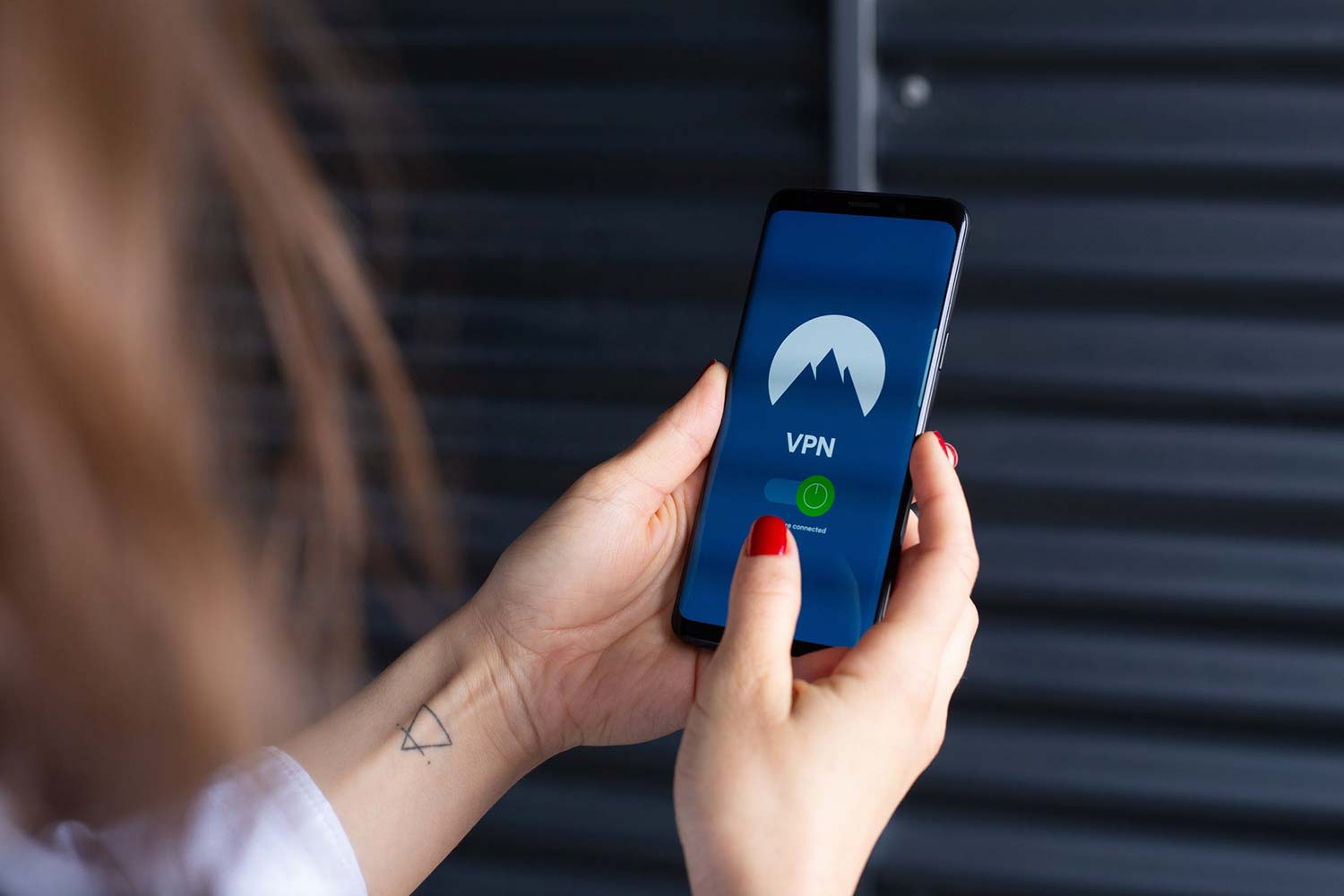Learning doesn’t stop just because we aren’t in the classroom. With many of us transitioning to remote schooling and working, anything seems possible with the internet at our fingertips. For those of us who need some extra stimulation, there are plenty of resources for free or cheap learning. Here’s a list of wonderful apps and websites to peruse if you’re craving to achieve something new.
Duolingo
What’s an online learning list without the beloved Duolingo? This app has a considerable amount of languages to choose from completely free of charge.
Duolingo utilizes different approaches for holistic language learning. Though conversing in real life might be hard to do, there are components of the app that can substitute it. The pronunciation feature incorporates speaking out loud into the lesson. Alongside grammar, spelling, and conjugation, each course contains diverse educational opportunities.
One of the best, and arguably most annoying features, of Duolingo, is their reminders. Anyone who has used the app knows the incessant nature of the Duolingo owl in your texts and emails. Though it may be frustrating, language proficiency only comes with practice. The app knows that and will remind you to do your work consistently to meet your goals.
Find Duolingo on the App Store and check out more here: https://www.duolingo.com
Tynker: Coding For Kids
Coding has become an essential tool in today’s workforce. Even if it’s not for your career, learning the ins and outs of coding are exceedingly helpful. With Tynker, you can start your kids off with an entertaining, interactive app for learning code.
This award-winning program makes learning sequencing and pattern recognition enjoyable. The app has even transformed to incorporate kids who are pre-readers. With 200 challenges and counting, Tynker will never run out of fun exercises to try.
Coding isn’t the only focus on this learning app. With the new art and music station, Tynker includes composing music and learning math into its colorful world. The animation studio is also available, teaching graphics and storytelling together.
With a strong code focus, Tynker has much to teach to inquisitive children of all ages.
Download Tynker in the App Store and learn more about the app here: https://www.tynker.com
Star Chart
Star Chart is the free astronomy app for remote planetary exploration. Using your phone or iPad, you can search and find all sorts of stars and planets. The universe is entirely viewable with this magnificent application.
There are a few different ways you can explore with Star Chart. One example is the ability to point your device into the sky and have the app tell you exactly what stars are there. It’s almost like having a star GPS in your pocket.
You can also learn any info about stars, gas giants, and everything else in the universe. You will be able to master the star placements in the northern and southern hemispheres. If constellations pique your interest, you can learn and study all 88 of them.
There’s so much to investigate in space, and Star Chart has it all in one downloadable app.
Get Star Chart here: https://apps.apple.com/us/app/star-chart/id345542655
Trivia Crack
When flipping through podcasts isn’t enough, a trivia game can provide just as much obscure information. Similarly to Trivial Pursuit, Trivia Crack is a six category contest to play alone or with friends. It’s the perfect app for the avid learner who enjoys endless access to facts.
The objective of Trivia Crack is to win rounds and earn characters. The only way you can achieve characters is by answering three questions correctly. These questions are chosen from the six categories, which include sports, entertainment, and geography. Once you’ve received a character from all of the categories, you win the round.
Even in its simplicity, the knowledge available is absolutely endless. Download this app and challenge your friends to a wide array of fact-based questions.
Check out more about the rules on the app website: https://www.triviacrack.com
Yousician
Yousician is an excellent app for those of us with dusty guitars or unused keyboards begging to be played. With Yousician, you can achieve your quarantine goals of learning an instrument remotely.
Yousician has intuitive lessons for musicians of all abilities. There are plenty of specialized tutorials for ukulele, piano, bass, guitar, and singing. It even incorporates your phone’s microphone feature for real-time critique when practicing.
Though it’s not free, the trial is accessible for one week with the option to upgrade. Check out more on the Yousician website: https://yousician.com
The ASL App
An important language that Duolingo doesn’t offer is American Sign Language. If this is something you’ve been looking for, The ASL App is available for all cellular devices.
The main purpose of this program is to teach you conversational ASL. With a huge selection of phrases to choose from, learning this language has never been quicker. Over 2,000 expressions are available on the app, with many different signers to study with.
Explore more about ASL and the app on the website: https://theaslapp.com
Home can be a hard place to discover new things. As innovative apps emerge each day, there are even more opportunities to find the right educational tool. From language learning to introductory coding, there are endless resources online. Try out these free or cheap learning tools to achieve your goals remotely.









